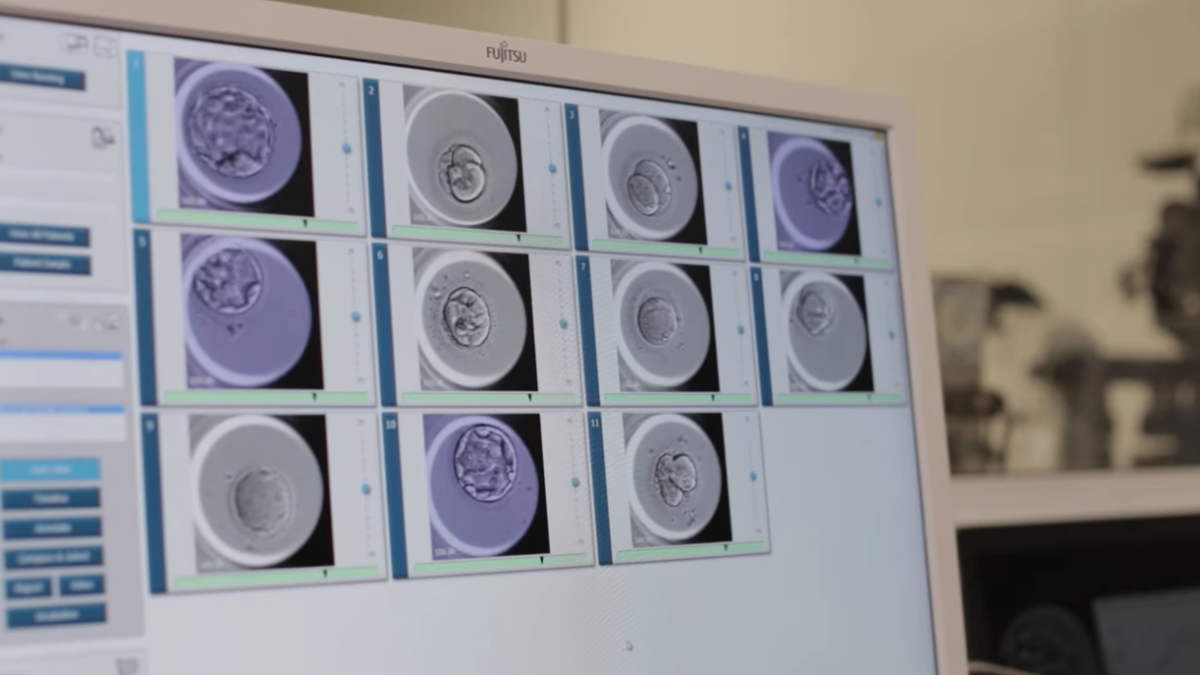
Few historical assumptions are taken as much for granted today as the lasting political impact of that tumultuous period ranging from the assassination of President Kennedy in 1963 to the resignation of President Nixon in 1974: “the sixties.” Contemporary movements to empower women, gays, and ethnic minorities can all trace their origins to the protest movements of that era.
Many prominent Democrats, including both Hillary Clinton and John Kerry, began their careers loudly denouncing the Vietnam War. And the liberal bias of today’s universities is widely attributed to the high percentage of former student activists who remained on campus to become tenured faculty.
Regrettably overlooked in modern accounts of that restive era is the fact that it involved not one, but two very distinct revolutions. Paralleling the political upheaval was an equally determined assault on conventional notions of everyday reality. The lingering images of pot-smoking teenagers dancing into the Woodstock nights and the legacy of New Age music fail to convey what was at the time a remarkably intense and multifaceted effort to discover hidden spiritual truths and to access deeper levels of consciousness.
It was during the sixties, for example, that interest in Eastern religions migrated from Greenwich Village and Berkeley to middle-American coffee houses in Boise, Des Moines, and Tampa. Even many orthodox Christians became intrigued with the writings of Thomas Merton, a Trappist monk who wrote about the relevance of Buddhism and Taoism, while the “giggling guru” of transcendental-meditation, Maharishi Mahesh Yogi, actually made the cover of Time magazine.
Mechanical Roads to Spiritual Feelings
Not content to rely on time-consuming Eastern rituals, many experimented with technological shortcuts to nirvana. Some used so-called “biofeedback” machines to electronically monitor, and thereby gain voluntary control over, their alpha brainwaves, a procedure shown to reduce anxiety and excessive contingency planning. Others sought to unleash their true selves by floating silently on pools of salt water inside darkened enclosures known as “sensory deprivation tanks.”
The field of psychology, which in the decade before the sixties had dismissed mental phenomena as the unimportant byproduct of social conditioning, did a complete turnabout, offering up multiple pathways to alternative (and presumably better) states of consciousness. Some with names like Gestalt Therapy and Encounter Group encouraged interpersonal confrontation and bold self-disclosure as a means of achieving greater awareness. Others like Rolfing, Arica, Feldenkrais therapy, and variations on Chinese acupuncture claimed to elevate the mind by fine-tuning the body. Americans who could afford it flocked to weekend retreats like California’s then-famous Esalen Institute in the hopes that one of these approaches might offer them a glimpse of a transcendent reality.
Of course, there was also the psychedelic drug revolution which, in spite of the many unfortunate incidents of recreational abuse, clearly had its serious side. Inspired by author Aldous Huxley’s 1954 book “The Doors of Perception,” which detailed the “sacramental visions” he had seen under the influence of a peyote cactus extract (mescaline), doctors from Yale Medical School, the National Council on Alcoholism, New York’s William Alanson White Psychoanalytic Institute, and other respected institutions administered multiple doses of LSD, psilocybin, and similar drugs to hundreds of patients. In 1965 CBS News was so impressed by the potential it saw for curing alcoholism and other emotional disorders that it produced a full-hour prime-time special on psychedelic research.
Later, when the counterculture embrace of psychedelics finally resulted in a federal ban on further research, many who had conducted such studies turned to non-chemical means for expanding consciousness. Probably the most famous was Dr. John C. Lilly, who drew on the budding interest in software design to get people to treat their negative thoughts as self-limiting “mental programs.”
The Consciousness Revolution of the Sixties Subsides
Yet for all its richness, the inner explorations of the sixties never coalesced into a single popular movement or methodology. Unlike the political revolution of that time, which produced an agenda sufficiently coherent and appealing that it became the platform of the modern Democrat Party, the consciousness revolution never resolved its seemingly disjointed and even contradictory approaches. Diminished as well by a cultural backlash against press accounts of street-drug suicides and charlatan gurus, the prospect of sharing one’s most profound experiences became for many almost an embarrassment.
Perhaps no one better expressed this anticlimactic development than the novelist Saul Bellow who, in accepting the 1976 Nobel Prize for literature, observed that we all have a “sense of our real powers, powers we seem to derive from the universe itself.” But we “are reluctant to talk about this,” Bellow added, “because there is nothing we can prove, because our language is inadequate and because few people are willing to risk talking about it. They would have to say, ‘There is a spirit’ and that is taboo. So almost everyone keeps quiet about it, although almost everyone is aware of it.”
But while the consciousness revolution lacked a satisfying resolution, it did have an enduring, if not always visible, influence. The late 1970s saw a dramatic increase in the number of people using the 12-step model of Alcoholics Anonymous to recover from addiction and other compulsive disorders. Group sharing, being more present-focused, surrendering control of one’s life to a Higher Power, and related themes developed in the sixties clearly paved the way for the growth of Narcotics Anonymous, Gamblers Anonymous, Overeaters Anonymous and more than a hundred other spiritually oriented self-help programs.
Similarly, the field of psychotherapy, which had experimented with radically different therapies during the sixties, found itself permanently changed. While still officially wedded to the materialistic models of mental health developed by Sigmund Freud and the behaviorist school in the early 1920s, many psychologists, psychiatrists, and social workers had discovered a newfound respect for the spiritual convictions of their clients, especially when it came to religious beliefs. As the president of the American Psychological Association, Donald T. Campbell, put it in a 1975 address to his colleagues, their profession had learned good “reasons for modesty and caution in undermining traditional belief systems.”
Whereas previously the Diagnostic and Statistical Manual (DSM), the standard reference used by psychiatrists and insurance companies, had characterized many emotional complaints as problems of “neurotic religious thinking,” the category of “spiritual emergency” was now recognized as a serious and legitimate problem in its own right. The American College of Graduate Medical Education changed its Special Requirements for Residency Training for Psychiatry so that all programs include coursework respectful of all spiritual teachings.
A New Era of Drug Therapy Beckons
Interest in consciousness research itself never really ended, especially among those familiar with the dramatic advances made with psychedelics early on. Indeed, the lifting of the worldwide ban on the medical use of LSD and psilocybin, finally agreed to by the U.S. Food and Drug Administration in 2004, has already led to some intriguing discoveries.
Recent studies at Imperial College London have shown, for example, that psilocybin decreases activity in certain parts of the brain, mimicking the effects of meditation and suggesting an effective treatment for depression. Closer to home, Matthew W. Johnson, a professor at Johns Hopkins University School of Medicine, found that a psilocybin treatment helped 80 percent of relapsed smokers to remain nicotine-free for the six months they were tracked.
Could such results signal the start of a new, more definitive era of consciousness research? It is far too early to tell, although today’s scientists are quick to stress that psychoactive drugs should only be taken under proper supervision, never casually for a quick “high.” They know that the consciousness revolution of the sixties was cut short by street abuse, and this generation of researchers is determined to see it through.









